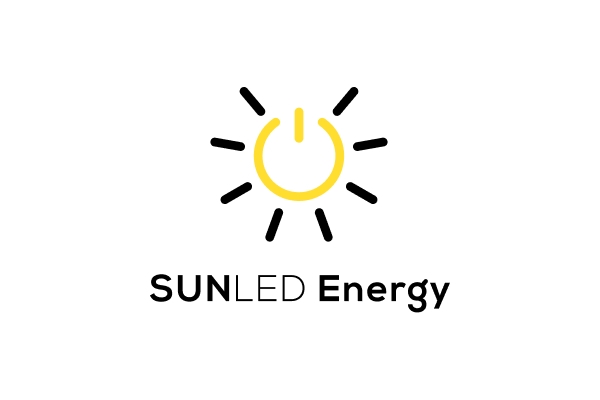NESS 10% target by 2030 saving energy 4.5 times Liddell output, 25 March 2019
Analysis released today: a NESS could deliver energy savings from both electricity and gas equivalent in electricity terms to 4.5 times the annual output of the Liddell coal-fired power station scheduled to close in 2022. This is based on a NESS target saving 10% of electricity and gas consumption by 2030 which will deliver 39,415GWh energy savings a year by 2030 and based on Liddell’s average electricity output of 8,680GWh over the past two years. Analysis was undertaken by the Energy Savings Industry Association (ESIA).
Federal policies must support a NESS
“There is no more time to waste: a NESS needs full support from all parties and candidates leading into the Federal election and beyond. A NESS is the most cost-effective way of reducing greenhouse gas emissions - even more attractive than renewables. A NESS also addresses the other energy trilemma issues: reducing energy costs and improving energy security,” said ESIA President Mr Rod Woolley.
NESS is nothing new - it’s slipped through the cracks
The Climate Change Authority recommended a NESS to the Government in 2017 just seven days prior to the Finkel review’s release which recommended that ‘governments accelerate the rollout of energy efficiency measures’. A NESS is the most powerful lever. A NESS will:
- accelerate rollout of energy upgrades with a significant national energy savings target increase from 2021 to 2030 providing a strong signal to the market to deliver sooner.
- build on success of proven existing energy savings schemes in Victoria, NSW, SA and the ACT, all with uncommitted targets from 2020 except for NSW.
- reduce energy bills of participating consumers.
- provide certainty to industry for the next decade to innovate and invest capital to open up opportunities rather than relying on piece-meal government grants funded by taxpayers.
- provide access for more Australians to participate in upgrades.
- spearhead a suite of complementary measures that are essential but take longer to mobilise including minimum energy performance standards for products and buildings at point-of-sale and rental, and regulations to phase-out inefficient products.
“We know that readily identifiable energy upgrades with quick paybacks would save Australians almost $8billion in reduced energy bills and create more than 120,000 jobs, with more than one-third of these jobs to be created with a NESS. And that’s just the entree,” said Mr Woolley.
A NESS would provide upfront financial incentives to residential and business energy customers to rapidly increase installation of more energy efficiency products and processes including: lighting, air conditioning, hot water, building weather sealing, industrial fan and motor upgrades and better energy monitoring systems to turn off energy-hungry services when they aren’t needed.
… Ends
Media contact: ESIA Jessica Lynch, M 0417 539 377 or Ric Brazzale, M 0419 522 659
(Media release PDF)
(NESS Analysis PDF)






































